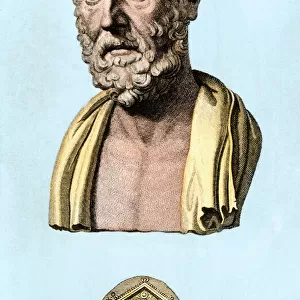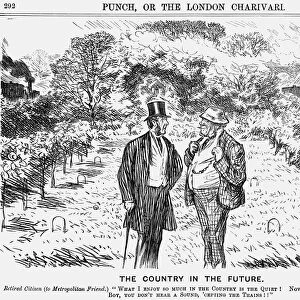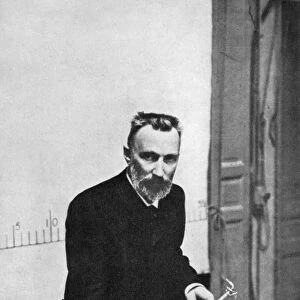Clenbuterol drug, molecular models
![]()

Wall Art and Photo Gifts from Science Photo Library
Clenbuterol drug, molecular models
Clenbuterol drug, molecular models, three molecules shown. This decongestant and bronchodilator is used to treat breathing disorders. It acts on beta-2 adrenergic receptors to relax the smooth muscle of the airways. It has been banned in the UK since 1996 due to side effects that include palpitations and arrhythmia (irregular heartbeat). It also increases fat burning and muscle mass, and is used illegally as a slimming aid, and by athletes as a performance-enhancing drug. Atoms (spheres) are colour-coded: carbon (dark grey), hydrogen (light grey), chlorine (green), nitrogen (blue), and oxygen (red)
Science Photo Library features Science and Medical images including photos and illustrations
Media ID 9243167
© RAMON ANDRADE 3DCIENCIA/SCIENCE PHOTO LIBRARY
Abuse Amine Bronchodilator Compound Compounds Doping Drug Graphic Illegal Performance Enhancing Pharmacological Rods Stimulant Treatment Trio Tubes Tubular Biochemical Cutouts Molecular Molecular Model
EDITORS COMMENTS
This print showcases the molecular models of Clenbuterol, a powerful drug used in the treatment of breathing disorders. The three molecules depicted represent this decongestant and bronchodilator, which acts on beta-2 adrenergic receptors to relax the smooth muscles of the airways. However, despite its therapeutic benefits, Clenbuterol has been banned in the UK since 1996 due to its notorious side effects such as palpitations and arrhythmia. The intricate artwork highlights each atom with specific colors: carbon (dark grey), hydrogen (light grey), chlorine (green), nitrogen (blue), and oxygen (red). This visual representation provides a deeper understanding of Clenbuterol's chemical composition. Interestingly, beyond its medical application, this compound is illicitly employed as a slimming aid due to its ability to increase fat burning and muscle mass. Athletes also misuse it as a performance-enhancing drug. Its classification as a banned substance further emphasizes its potential for abuse. The detailed depiction of these molecular structures serves not only as an educational tool but also sheds light on the complex world of pharmacology and biochemical interactions within our bodies. It reminds us that even seemingly small compounds can have significant impacts on our health when utilized improperly or without proper regulation. This remarkable artwork by Ramón Andrade from Science Photo Library offers an intriguing glimpse into both the scientific realm and societal issues surrounding drugs like Clenbuterol.
MADE IN AUSTRALIA
Safe Shipping with 30 Day Money Back Guarantee
FREE PERSONALISATION*
We are proud to offer a range of customisation features including Personalised Captions, Color Filters and Picture Zoom Tools
SECURE PAYMENTS
We happily accept a wide range of payment options so you can pay for the things you need in the way that is most convenient for you
* Options may vary by product and licensing agreement. Zoomed Pictures can be adjusted in the Cart.









